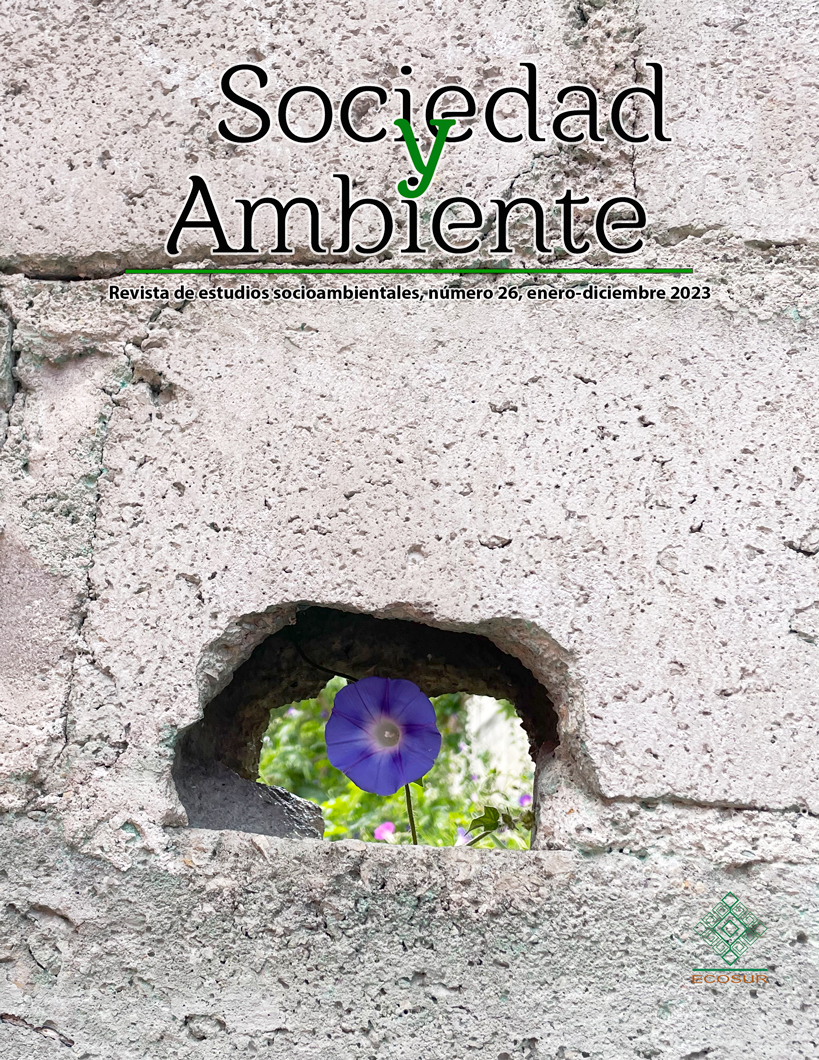Abstract
Meliponiculture represents one of the most significant traditional pro-ductive activities of the pre-Hispanic Mayan society due to the symbolic value of native bees and the use of honey. The importance of the honey of Melipona beecheii, a native bee locally known as xuunan kab, is docu-mented from colonial times to recent ethnographies, encompassing its production, use and symbolic value. However, we consider it essential to identify the mechanisms used since pre-Hispanic times to know, register, and take advantage of the resource derived from the foraging activity of native bees. Through a comparative methodology of previous and pub-lished works on celestial observations, ethnohistoric documents and stud-ies of native honey plants, the main objective is to verify the relationship between astronomical cycles of the pre-Hispanic Mayas with phenological periods of native flowering plants to establish the ancestral mechanisms that sustain this activity. Both sources of information have favored meliponiculture from the pre-Hispanic period to the present.

Sociedad y Ambiente by ECOSUR is licensed under a Creative Commons Reconocimiento-NoComercial-SinObraDerivada 2.5 México License


